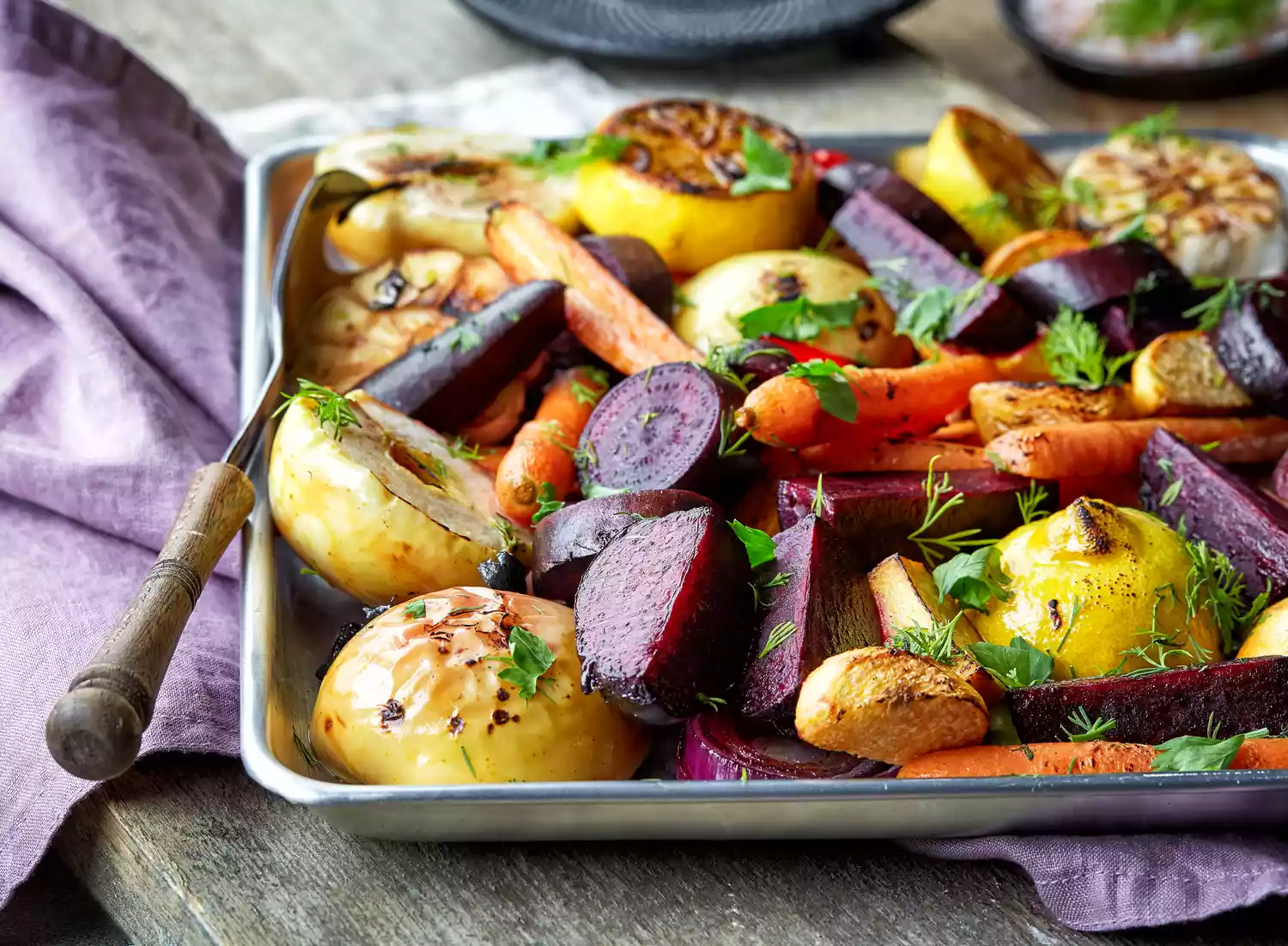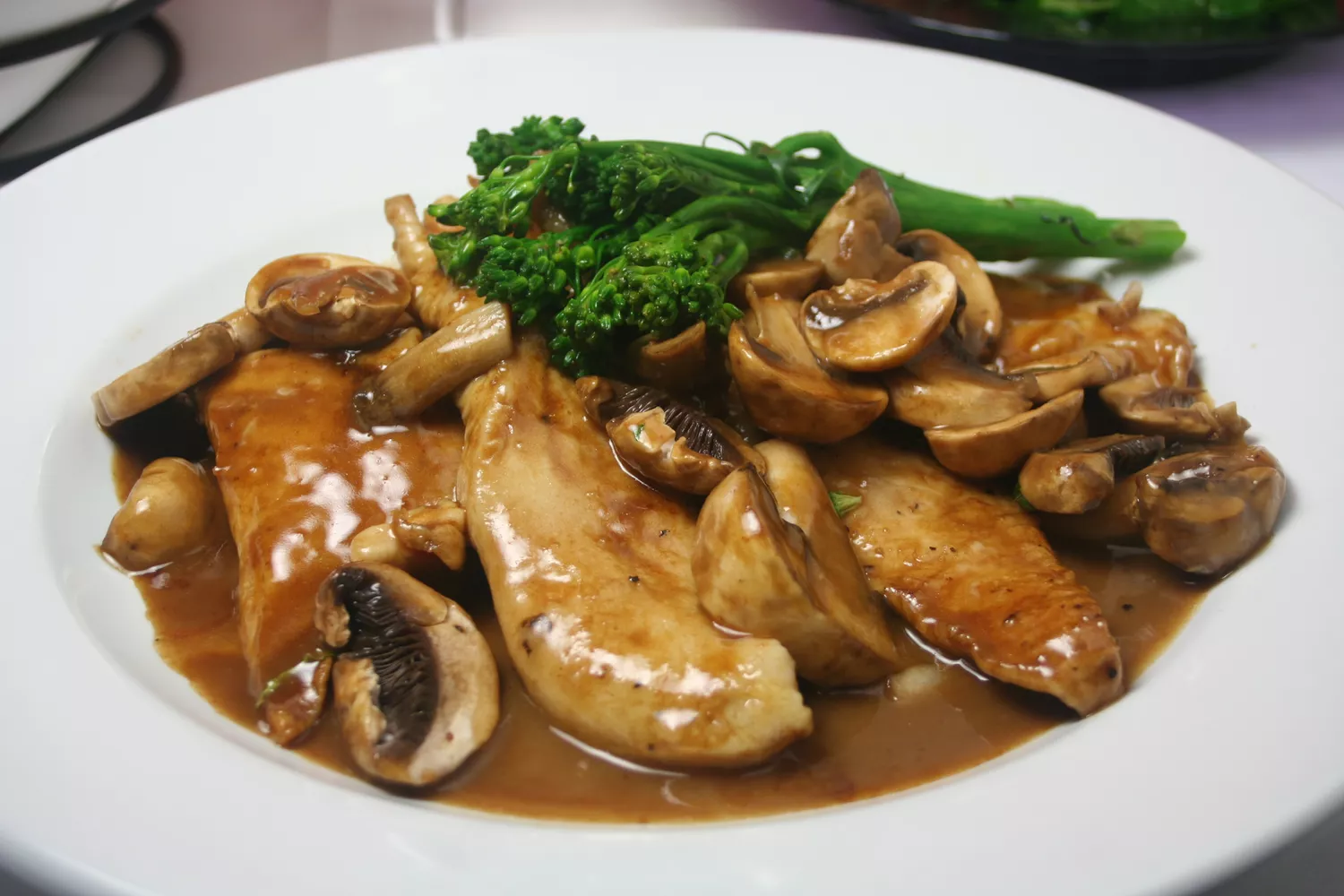Look into any well-stocked pantry and you’re likely to find balsamic vinegar. This popular component is a staple in salad dressings, marinades, and glazes. Its acidic bite is typically used to contrast with milder tastes, tenderize meat, or even take on bitter flavors, lessening their impact on the palate.
In addition to its numerous functions in recipes, balsamic vinegar might provide some health benefits. Some research study has shown its antioxidant homes could assist lower triglycerides.1 Consuming vinegar in meals might also help keep blood sugar level consistent.2.
Given that vinegar has been utilized because ancient times for a range of health impacts, it’s not unexpected that the word “balsamic” originates from the same Latin root as “balm”– as in, a relaxing, curative compound.3.
This versatile active ingredient is an outstanding one to keep on hand. Sometimes, however, even the best-provisioned kitchen area might lack balsamic vinegar. When that’s the case, several simple substitutions can stand in with comparable outcomes.

Why Use a Balsamic Vinegar Substitute.
Due to the fact that balsamic is so widely utilized and commonly readily available, you probably won’t have a tough time finding it at your local grocery store or market. The most likely situation for needing an alternative is merely running out of it.
Still, some people may need a balsamic vinegar option for other factors. Other individuals might be sensitive to one or more of the compounds discovered in vinegar, including sulfites, histamines, salicylates, and acetic acid.
Balsamic Vinegar Nutrition.
In the quantities generally used in cooking, balsamic vinegar does not supply numerous nutrients. The following nutrition details for 1 tablespoon (16 grams) of balsamic vinegar is provided by the USDA.4.
Calories: 14.
Fat: 0g.
Sodium: 4mg.
Carbohydrates: 2.7 g.
Sugars: 2.4 g.
Fiber: 0g.
Protein: 0g.
Balsamic vinegar’s negligible quantity of calories per serving is offered almost completely by carbohydrates from naturally taking place sugars. Because it’s so low in calories, carbohydrates, fat, and sodium, it’s an excellent option for flavoring foods without interfering with most nutrition objectives. It also won’t usually interfere with special diet plans.
Best Substitutes for Balsamic Vinegar.
If you’ve shaken the last drop of balsamic vinegar from the bottle (and don’t have the opportunity to replace it right away), you’re in luck. The following three alternatives work well as substitutes.
Soy Sauce.
You likely associate balsamic vinegar with the Mediterranean region where it’s produced. It might appear odd that soy sauce– a staple of Asian food– is a practical alternative. But because of soy sauce’s comparable color and acidic taste, in small amounts, it can stand in with a one-to-one ratio to balsamic vinegar.
To make soy sauce a closer match to balsamic vinegar’s piquancy, you can attempt blending it with other common components. Some individuals swear by a mixture of soy sauce and grape jelly– or you might attempt playing with a blend of soy sauce, lemon juice, and molasses. Again, these alternatives can be utilized in the same amounts as balsamic vinegar in dishes. Just taste as you go to examine the taste of your replacement.
Using soy sauce alone or in mix with other components can simulate balsamic vinegar in a pinch, but will change a finished dish somewhat in regards to taste and texture. If using soy sauce with molasses or grape jelly, be sure to whisk well to prevent excessive density that might gum up dressings or marinades.
When it comes to dietary differences, soy sauce is calorically comparable to balsamic vinegar at 11 calories per tablespoon.5 The most substantial nutrient distinction between the two is sodium content. Whereas balsamic vinegar consists of 4 milligrams of salt per tablespoon, soy sauce loads 1,010 milligrams– so it’s not a great choice for people on a low-sodium diet plan. Note, too, that soy sauce contains gluten. Those with celiac illness or gluten level of sensitivity will require to use a different substitute.
Red Wine Vinegar and Maple Syrup.
Possibly you don’t have balsamic vinegar in the kitchen, but you might have its relative, red white wine vinegar. While red wine vinegar by itself does not make the very best substitute for balsamic, sweetening it with a little maple syrup can attain a near-equivalent flavor. Just like soy sauce mixes may require some trial and error, this combo also hinges on your culinary creativity and personal taste buds. Start by mixing 1 tablespoon red wine vinegar with 2 teaspoons maple syrup. Test to see if this mix satisfies your standards and adjust from there.
Changing to a mix of red wine vinegar and maple syrup includes one notable downside: it won’t produce the specific same dark brown color of balsamic vinegar. If color matters in your dish, you may wish to use a substitute that’s comes closer to balsamic’s chocolate brown color.
Nutritionally, this mix also features some significant differences from balsamic vinegar. Red wine vinegar is lower in calories than balsamic at a simple 3 calories per tablespoon, however adding maple syrup will improve calories and carbs. 2 teaspoons of maple syrup contain 35 calories and almost 9 grams of carbohydrates.6 Depending on the quantity of balsamic vinegar a recipe calls for, this may be an essential consider your decision to utilize this replacement.
Worcestershire Sauce.
Tough to spell, easy to utilize, Worcestershire sauce is another common component you can use as a one-to-one replacement for balsamic vinegar in small amounts. Though it might not be your very first option (because its taste is more mouthwatering and less tangy than that of vinegar), its color and texture work well in dressings, glazes, and marinades. As with soy sauce, you can always attempt adding a drizzle of lemon juice and sweetener to Worcestershire to help it reproduce balsamic vinegar’s taste more carefully.
Subbing Worcestershire likewise won’t do much to change the nutrition profile of recipes. One tablespoon contains simply one calorie less than a tablespoon of balsamic vinegar and one additional gram of carbohydrate.



